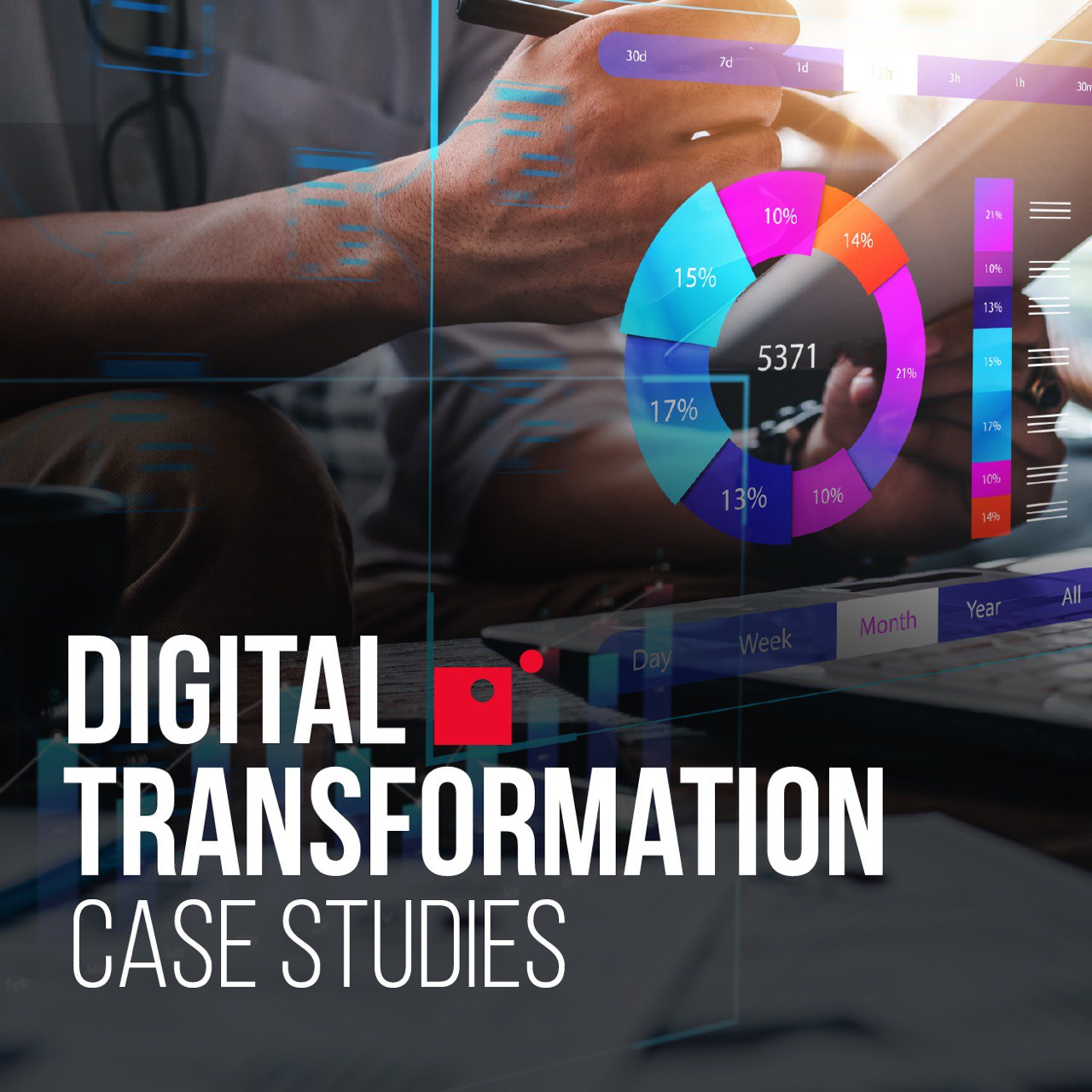In an era of relentless technological evolution, businesses must adapt or risk obsolescence. This article highlights impactful digital transformations from diverse sectors, demonstrating that strategic innovation is vital for long-term success.
Nordstrom reinvented retail through digital integration, offering a seamless omni-channel customer experience. Real-time inventory tracking, personalized mobile app features like “Style Boards,” and advanced analytics helped Nordstrom significantly improve customer satisfaction and loyalty, elevating their market presence.
In healthcare, the renowned Mayo Clinic embraced telemedicine, advanced electronic health records (EHR), and AI-driven diagnostics. These innovations dramatically enhanced patient access, streamlined care coordination, and improved treatment accuracy, especially valuable during health crises like pandemics.
The century-old automotive giant, Ford Motor Company, embarked on digital manufacturing and connected vehicle technology. Introducing smart factories powered by AI and IoT, Ford improved manufacturing efficiency. Investments in connected cars and electric vehicle infrastructure positioned Ford strongly against competition from innovative companies like Tesla.
Addressing resource scarcity, Singapore’s Public Utilities Board (PUB) adopted digital water management solutions, including smart metering, automated quality monitoring, and AI-driven predictive maintenance. These changes significantly boosted operational efficiency and sustainability, effectively managing resources despite increasing demand and climate threats.
Netflix transitioned dramatically from physical DVD rentals to become a global streaming leader. Leveraging robust streaming technology, data analytics, and machine learning, Netflix personalized content recommendations and produced acclaimed original programming, setting new entertainment consumption standards.
In banking, DBS Bank launched digital-only banking via Digibank, introduced a comprehensive API platform, and leveraged big data for personalized customer insights. DBS’s approach improved operational efficiency and customer engagement, setting a benchmark for digital banking in Asia.
Recognizing the critical role of digital innovation, Domino’s Pizza transformed itself into a tech-forward enterprise through advanced online ordering systems, real-time pizza tracking, and AI-driven delivery automation. These innovations significantly boosted sales and customer satisfaction.
Delta Airlines focused on enhancing customer experiences with mobile app innovations, RFID baggage tracking, and biometric boarding. These improvements substantially increased operational efficiency and customer satisfaction, reinforcing Delta’s industry leadership.
Leading sports apparel brand Nike employed digital strategies such as the Nike+ ecosystem, augmented reality for product trials, and robust direct-to-consumer online sales. These changes fostered deeper customer connections and dramatically boosted revenues.
In energy, Southern California Edison (SCE) modernized its grid with smart technologies, incorporating renewable sources and advanced customer engagement platforms. SCE’s efforts improved grid reliability and empowered consumers to manage energy use efficiently, promoting sustainability.
Cosmetics leader L’Oréal leveraged virtual try-on technologies, personalized AI-driven marketing, and social commerce, significantly increasing customer engagement and online sales. These digital strategies allowed L’Oréal to remain competitive in a digitally evolving beauty market.
The New York Times successfully transitioned to a digital-first journalism model, implementing a profitable digital subscription strategy, expanding multimedia content, and employing data analytics. These initiatives revitalized revenue streams and global readership.
Global logistics company DHL integrated IoT, robotics, and predictive analytics into their operations, significantly reducing delivery times and errors, improving customer service, and maintaining a competitive edge in logistics.
Public service agency U.S. Social Security Administration digitally transformed by expanding online services, digitizing documentation, and enhancing cybersecurity. These steps drastically improved operational efficiency, accessibility, and security.
Agricultural machinery leader John Deere adopted precision agriculture, autonomous equipment, and data analytics, helping farmers increase productivity sustainably and reinforcing Deere’s market dominance.
Furniture retailer IKEA innovated with virtual reality showrooms and AI-enhanced supply chains, significantly enhancing customer satisfaction and reducing costs.
HSBC Bank implemented global banking apps, blockchain technology for trade finance, and AI-driven security, modernizing customer experiences and strengthening market positioning.
Creative software giant Adobe shifted to a cloud-based subscription model, integrated AI-driven enhancements, and fostered digital collaboration, revolutionizing content creation and significantly boosting user engagement.
Retail titan Walmart executed an omnichannel strategy by integrating advanced inventory management, enhanced e-commerce platforms, and innovative delivery solutions, significantly boosting customer convenience and sales.
Industrial leader Siemens implemented digital twin technology and IoT-enhanced manufacturing, greatly improving product innovation, operational efficiency, and market competitiveness.
These case studies collectively underscore digital transformation’s importance across industries, illustrating how strategic technology adoption and innovation drive sustainable growth, competitiveness, and customer engagement in today’s fast-paced digital era.


